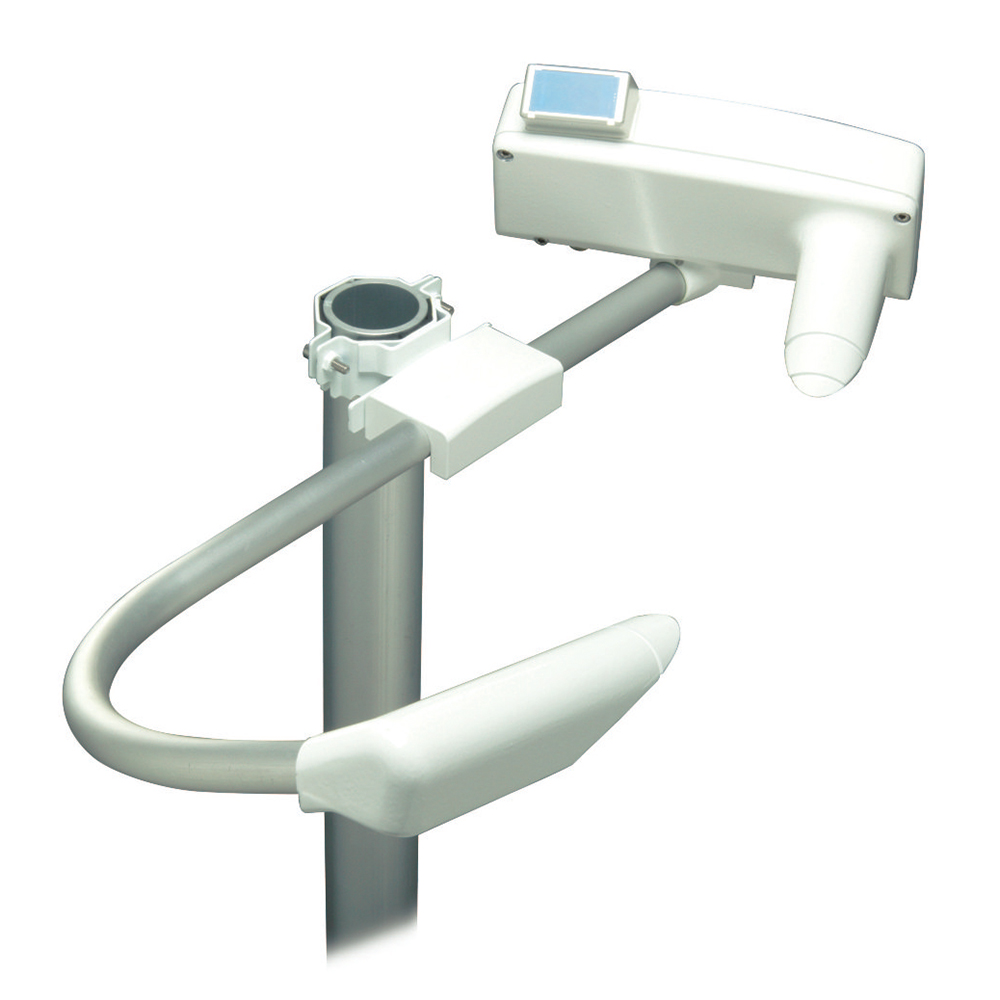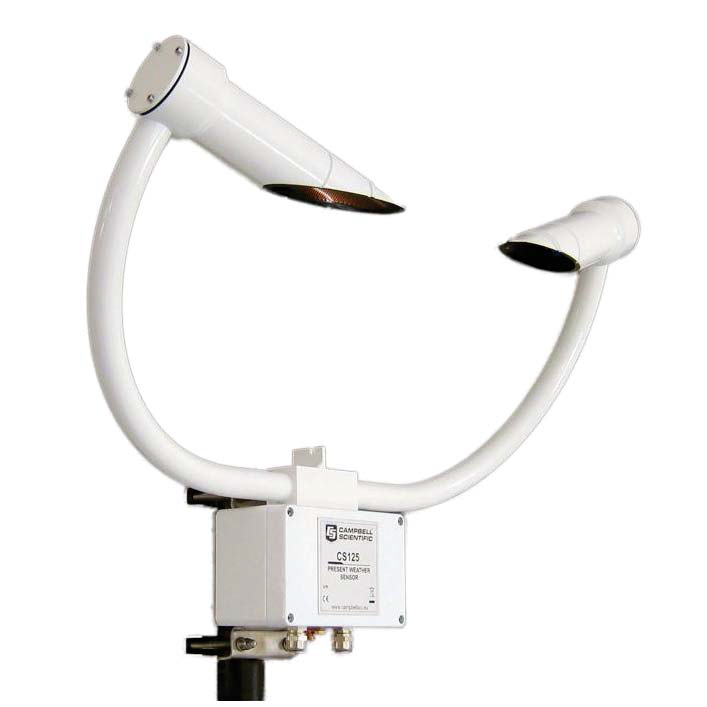In the quest for improved safety in helicopter traffic, airports, heliports, and offshore industries have adopted optical sensors to measure visibility and cloud height. These complex tools employ intricate lenses and optical components sensitive to vibration and mechanical shock.
Installing and locating these sensors offshore requires particular attention. Utilizing shock absorbers can effectively safeguard against mechanical shocks. Remember, these sensors are susceptible to shadowing from parts of the structure and influences from exhaust, hot, or dry air outlets.
Cloud Height sensors
Laser LIDAR (Light Detection and Ranging) technology forms the backbone of cloud height sensors. These devices release short, powerful laser pulses in a vertical or near-vertical plane.
The sensors accurately determine the cloud base height by analyzing the reflected light (backscatter) from clouds, precipitation or other obstructions.
We offer models that cover ranges up to 25,000 ft (7.5 km). You can choose standalone units with specialized software or integrate them into a complete HMS system.
Visibility sensors
The forward-scatter visibility meter estimates the Meteorological Optical Range (MOR) by gauging the scatter of infrared light in the air.
These sensors find extensive use in applications such as visibility measurement at airports and on ships, fog detection and warning for highways, and meteorological observations at remote locations.
Ranges up to 75,000 meters are at your disposal, with the low-maintenance lens design being particularly suitable for offshore use. Please explore below for the additional Present Weather option.
Present Weather Sensor
We offer visibility sensors equipped with a Present Weather option that automatically identifies and reports seven types of precipitation (rain, freezing rain, drizzle, freezing drizzle, mixed rain/snow, snow, and ice pellets). This feature is ideal where operations significantly depend on visibility. For more details, please don’t hesitate to contact us.



